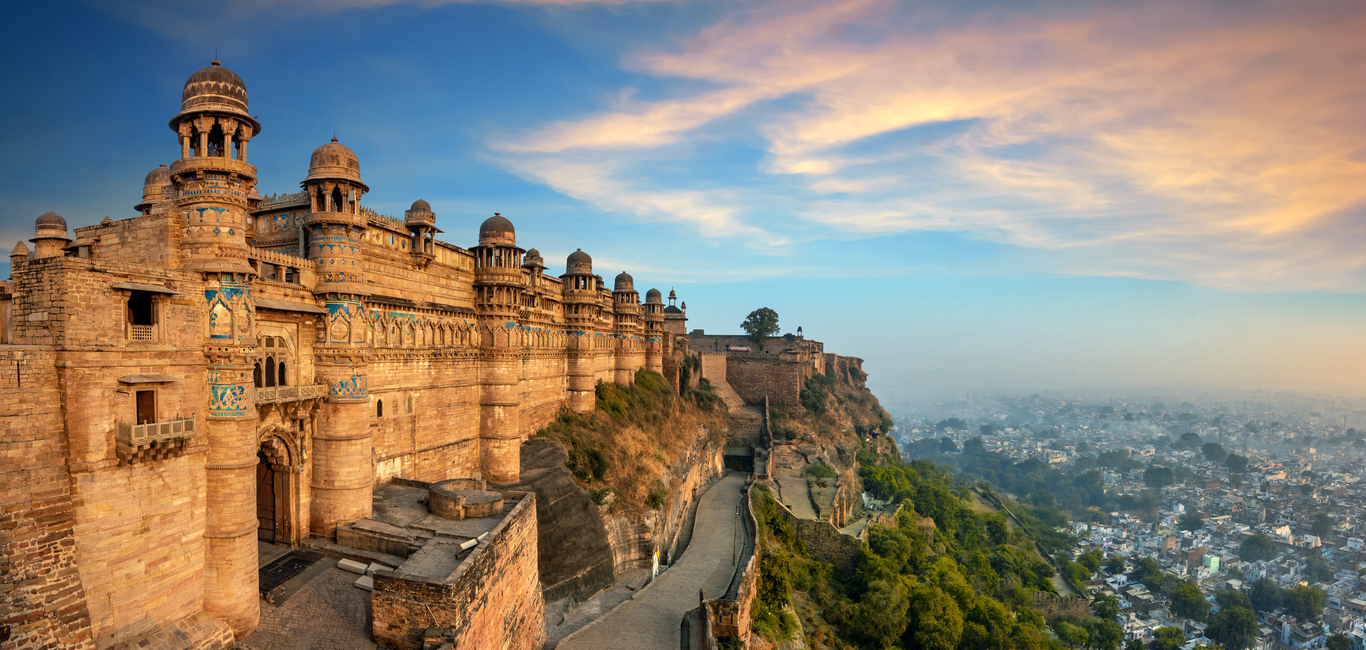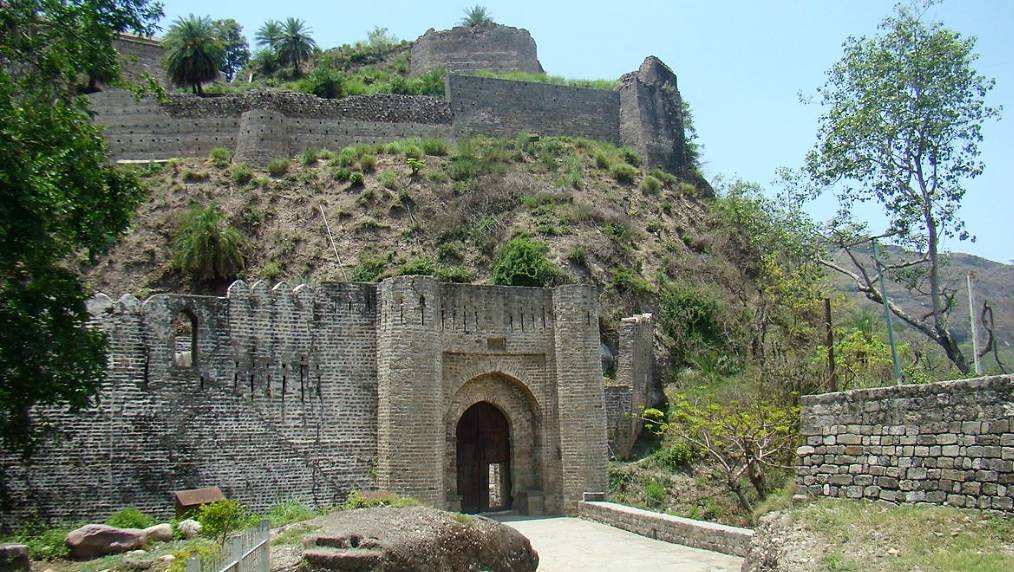Built almost 300 years ago, Bekal Fort is considered one of Kerala’s largest and most preserved forts. Nestled in the lap of nature, Bekal Fort is a historic fort surrounded by a beautiful beach offering an enchanting view of the Arabian Sea from its high observation tower, where once the cannons were placed. The beautiful walkway, illuminated beach, and grand architecture of the Bekal Fort make this place a favorite among the masses. The fort was featured in the popular A R Rahman song ‘ Tu hi re.
Located 65 kms away from Mangalore, Bekal Fort is a keyhole-shaped tall structure that stands still against the rocky shores of the sea, amusing its visitors with its finesse. The purpose of erecting this structure by Shivappa Nayaka of Bednore in 1650 was pure defense.

The History of Bekal Fort
The location has been a witness to an uninterrupted history with changing several seats of power from Indian royal dynasties to the rule of refined Sultans and surviving the colonial era of the British Raj. It is the largest fort in Kerala, spread over 40 acres. Located in the Bekal Village of Kasaragod District of Kerala, Bekal Fort was declared a particular tourism area by the Government of India in 1992.
Considered to be built by Shivappa Nayaka in 1650, Bekal Fort has various other versions of its origin. According to some theories, the fort was in existence during the Kolathiri Rajas after the decline of the Kolathiri and Vijayanagara Empire. Later it came under the rule of Ikkeri, Nayakas, who rebuilt the fort.
Then the fort fell into the hands of Hyder Ali in the year 1763, also serving as an important military station for Tipu Sultan later when he had the great military expedition to capture Malabar. It was in 1799 that the Mysorean control came to an end, and subsequently, the Bekal fort came under the English East India Company. Further, Bekal became the headquarters of the Bekal Taluk of the South Canara district.
The Architecture of Bekal Fort
Bekal Fort is a tall keyhole-shaped structure in the small village of Pallikkara, Kasaragod district, spread over 40 acres. The head of the fort is circular and made of red-brown stone. The fort land comprises walls, walkways, and citadels with trenches surrounding the whole structure, said to be built in 1650 AD.
The Observation Tower, built by Tipu Sultan, is a fascinating part of the fort. It offers a splendid view of the rocky shoreline of the Arabian Sea and the advantages of its strategic position. Recently a temple and a Darbar, along with some coins belonging to the period of Tipu Sultan and Hyder Ali, have been discovered.
Unlike most Indian forts, Bekal was not a center of administration; hence, there are no remains of any palace or mansion on its premises. The defense exhibits various features that aptly justify its purpose of construction. It has holes on the outer walls that are an effective way to improve the defensive power of the fort. The fort utilizes remarkable defense technology. For instance- the holes on the top were used to aim at the enemies at a distance, while the holes in the middle were used to fight the nearer enemies, and the lowermost holes were used to defend the fort from the closest located enemies.
The zigzag entrance and the trenches also symbolize the superior defense technology inherited by the fort. The area shows religious harmony as well. One can visit the Mukhyaprana Temple of Hanuman and the ancient mosque nearby while visiting the Bekal Fort. There is an old 9th-century lake also located in the vicinity of the fort.

Best Time To Visit Bekal Fort
The best season to visit the Bekal Fort is October to March, as the weather is more relaxed and dry. The tourists find this season comfortable and enjoyable in the entire region of Kerala.
Visit MakeMyTrip for bookings. Also, have a look at our various monthly issues.



